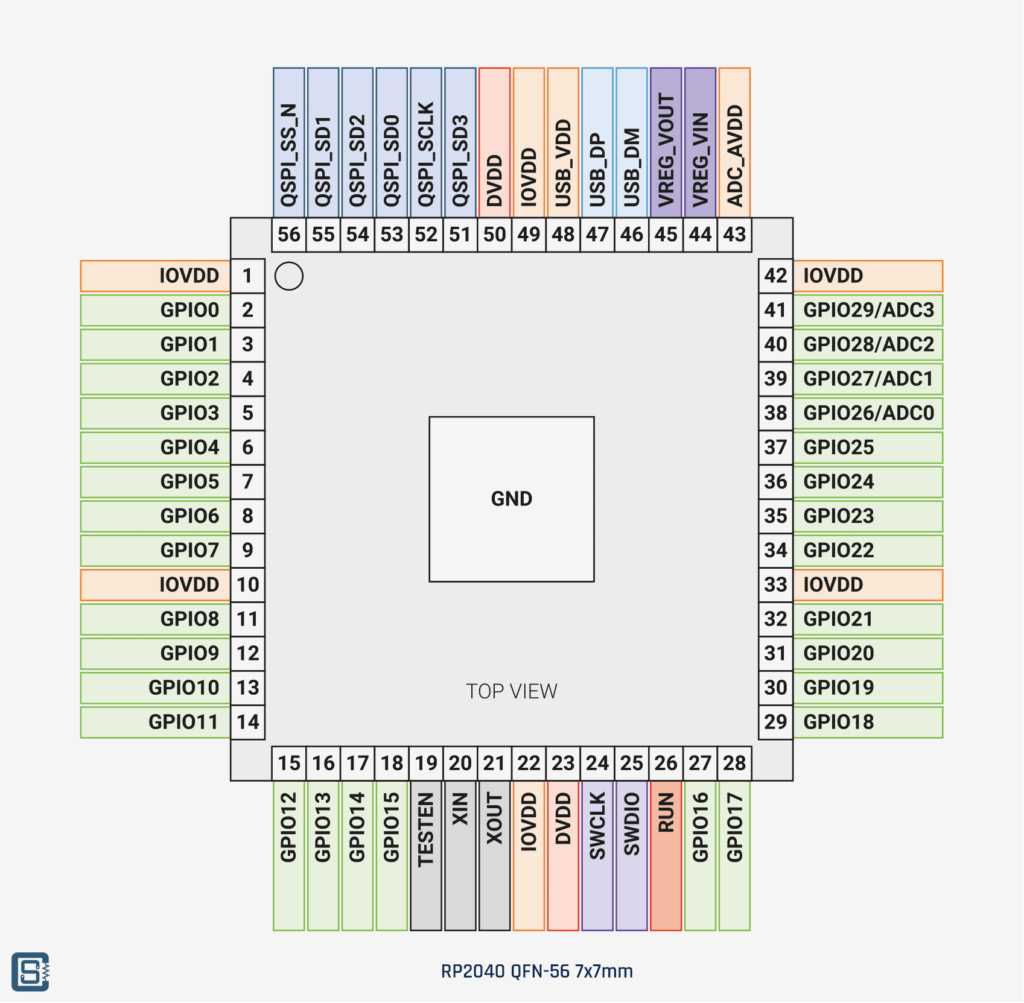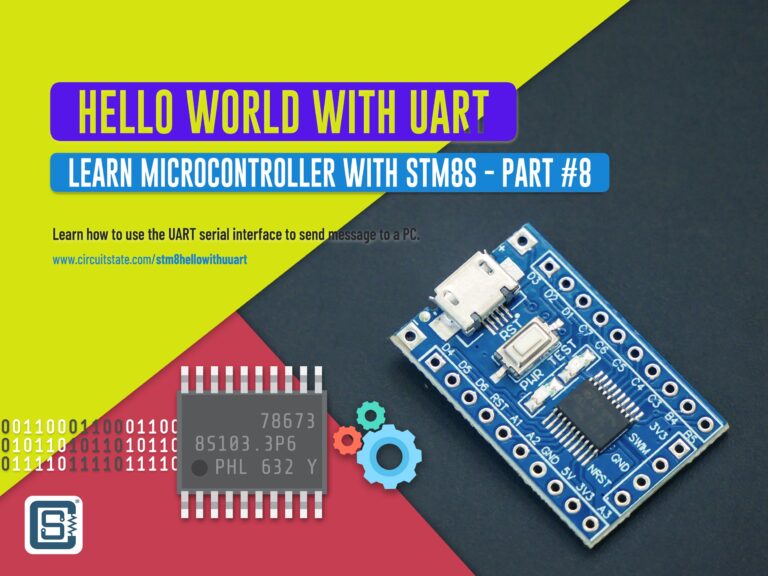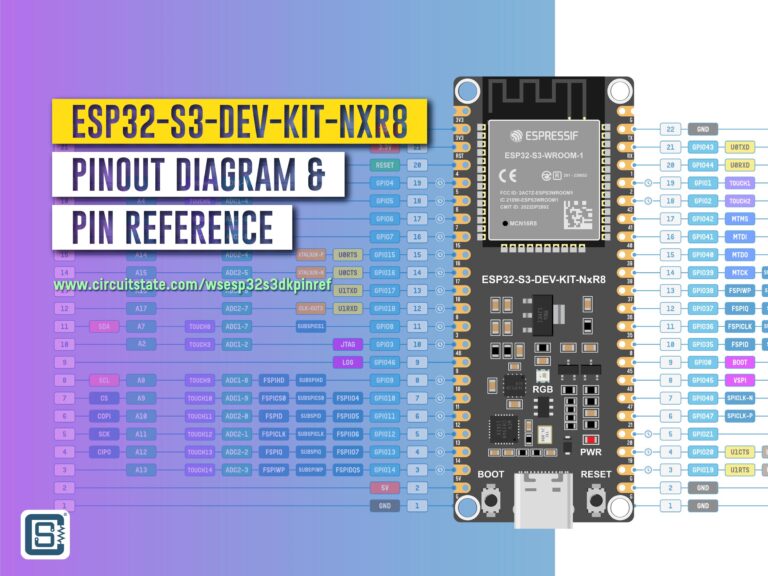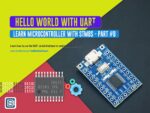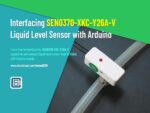RP2040 and Pico: All New Microcontroller and Development Board from Raspberry Pi
Raspberry Pi foundation released their new in-house designed microcontroller called RP2040 with dual ARM Cortex-M0+ core running at 133MHz, and a new development board called Raspberry Pi Pico.
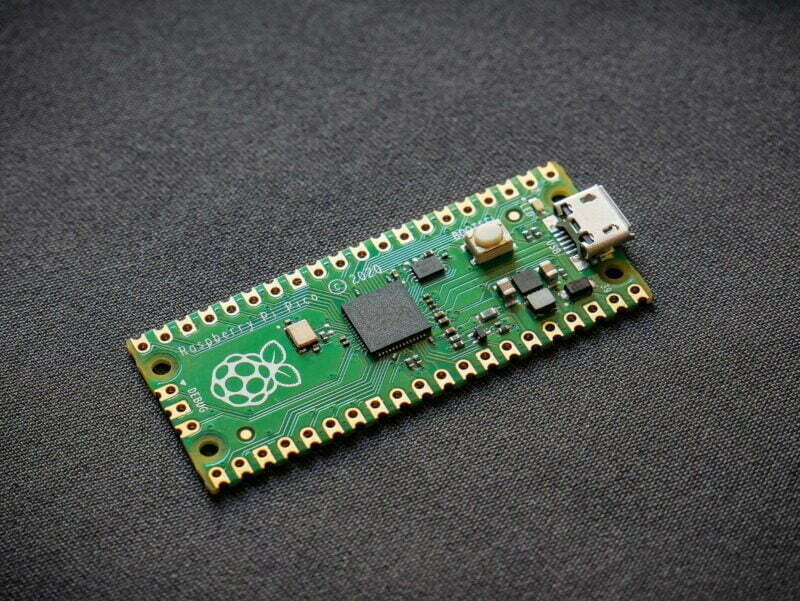
The Raspberry Pi foundation recently announced the release of their new microcontroller chip RP2040 and a breakout board called Raspberry Pi Pico. RP2040 is the first ever silicon chip designed in-house by the RPi team. Even though the mainstream Raspberry Pi Single Board Computers (SBCs) are being rapidly adopted for education and prototyping, their presence was minimal in the microcontroller realm, which is mostly dominated by Arduino boards and its compatible clones. RP2040 is Raspberry Pi foundation’s first step into the huge market of low-cost and low-power microcontrollers.
RP2040 features a dual-core Arm Cortex-M0+ processor with 264KB internal SRAM and support for up to 16MB of off-chip Flash memory. The chip includes a wide range of IO peripherals such as I2C, SPI, and uniquely a Programmable I/O (PIO) block. The microcontroller is available in a QFN-56 package with a 7x7mm footprint. The minimal breakout board Pico costs only Rs.350 or below in the Indian market.
Specifications of RP2040
- Dual ARM Cortex-M0+ @ 133MHz
- On-chip PLL allows variable core frequency
- 264kByte high performance SRAM in six independent banks
- Support for up to 16MB of off-chip Flash memory via dedicated QSPI bus with eXecute In Place (XIP)
- DMA controller
- Fully-connected AHB crossbar
- Interpolator and integer divider peripherals
- On-chip programmable LDO to generate core voltage
- 2 on-chip PLLs to generate USB and core clocks
- 30 multi-function General Purpose IO (4 can be used for ADC)
- 1.8-3.3V IO Voltage (NOTE: Pico IO voltage is fixed at 3.3V)
- 12-bit 500ksps Analogue to Digital Converter (ADC)
- Peripherals
- 2 UARTs
- 2 SPI controllers
- 2 I2C controllers
- 16 PWM channels
- USB 1.1 controller and PHY, with host and device support
- 8 PIO state machines
- 2 × Programmable IO (PIO) blocks, 8 state machines total
- Flexible, user-programmable high-speed IO
- Can emulate interfaces such as SD Card and VGA
- QFN-56 7x7mm package
Block Diagram
MCU Pinout
Even though the chip itself is not available for the general public to purchase as of now, RPi has produced and shipped a large number of Pico boards to all parts of the world. For that, Pico was available in most shops a few days after the announcement.
Specifications of Raspberry Pi Pico
- RP2040 microcontroller with 2MByte Flash
- Micro-USB B port for power and data (and for reprogramming the Flash)
- 40 pin 21×51 ‘DIP’ style 1mm thick PCB with 0.1″ through-hole pins also with edge castellations
- Exposes 26 multi-function 3.3V General Purpose I/O (GPIO)
- 23 GPIO are digital-only and 3 are ADC capable
- Can be surface mounted as a module
- 3-pin ARM Serial Wire Debug (SWD) port
- Simple yet highly flexible power supply architecture
- Various options for easily powering the unit from micro-USB, external supplies or batteries
- High quality, low cost, high availability
- Comprehensive SDK, software examples and documentation
Pico Pinout
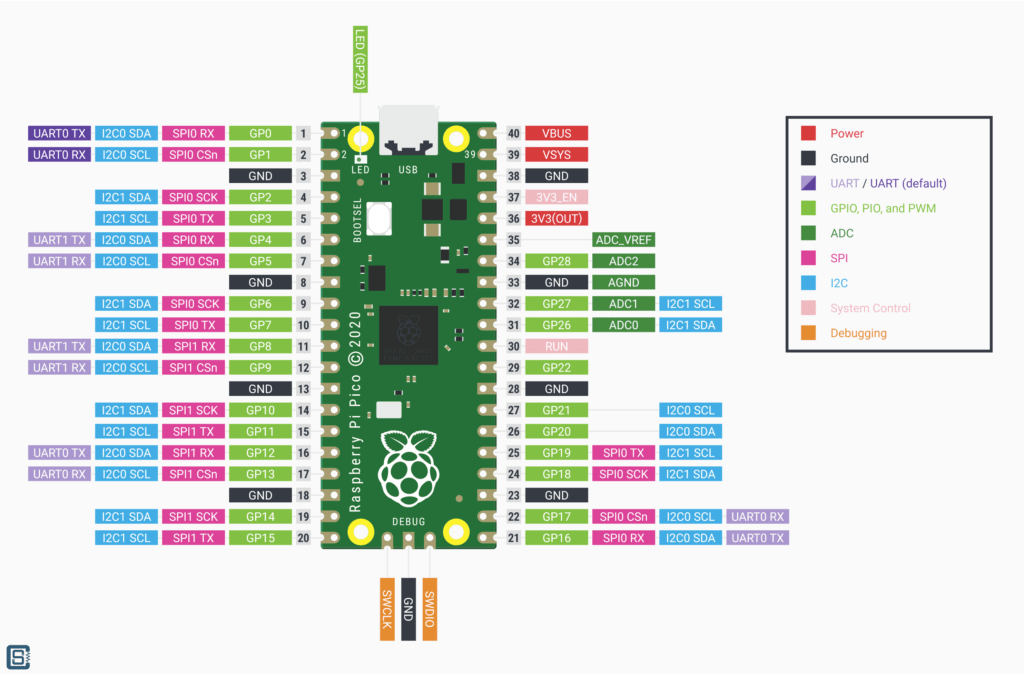
Mechanical Drawings
Pico Schematic
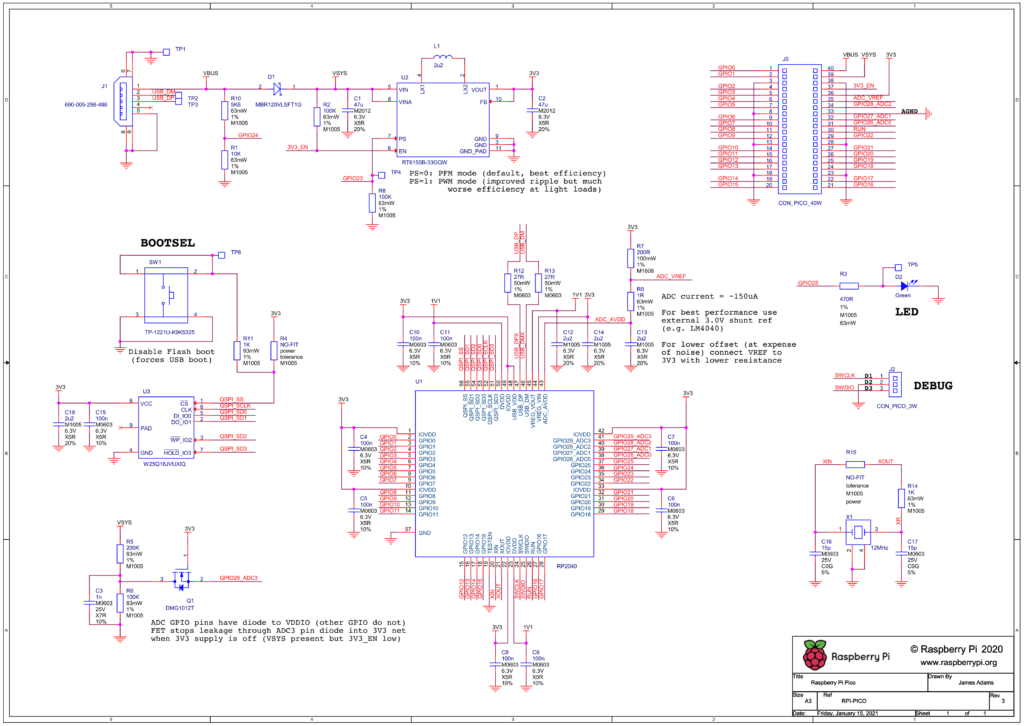
Equally complementing the hardware is the comprehensive documentation Raspberry Pi team has created for it. As of writing this post, applications for Pico can be written using Mirco Python and C/C++ toolchains. All documentations and design files are listed in the official page here – https://www.raspberrypi.org/documentation/rp2040/getting-started. In addition to the documentation, RPi has also released a book – Get Started with MicroPython on Raspberry Pi Pico – with tutorials and projects implemented using Micro Python.
Pico is not the only board available for RP2040. The Raspberry Pi foundation collaborated with many popular organizations and individuals active in open source hardware development to produce even more boards in many other form-factors. Some of these are,
- Adafruit Feather 2040
- Adafruit ItsyBitsy 2040
- Arduino Nano RP2040 Connect
- Arducam Pico4ML TinyML Dev Kit
- Arducam Pico4ML TinyML Dev Kit with Bluetooth
- Pico LiPo
- Tiny 2040
- Keybow 2040
- PicoSystem
- Sparkfun Pro Micro – RP2040
- Sparkfun Thing Plus – RP2040
- Sparkfun MicroMod RP2040 Processor
Raspberry Pi plans to make the chip available for purchase by the second quarter of 2021. This may be delayed due to the ongoing pandemic and global chip shortage.
Links
- RP2040 Datasheet
- Hardware design with RP2040 – Using RP2040 microcontrollers to build boards and products
- Raspberry Pi Pico Datasheet
- Raspberry Pi Pico – FAQ Forum Thread
- Getting started with Raspberry Pi Pico – C/C++ development with Raspberry Pi Pico and other RP2040-based microcontroller boards
- Raspberry Pi Pico C/C++ SDK – Libraries and tools for C/C++ development on RP2040 microcontrollers
- Raspberry Pi Pico Python SDK – A MicroPython environment for RP2040 microcontrollers
- Raspberry Pi Pico Doxygen Documentation
- Frequently Asked Questions (FAQ)
- Pico pinout diagram in PDF format
- Pico Fritzing part
- Pico PCB design files
- Pico PCB 3D STEP file
- Get Started with MicroPython on Raspberry Pi Pico – PDF
Buy Pico RP2040 (India)
Short Link
- Short URL to this page – https://circuitstate.com/rpico2040n

